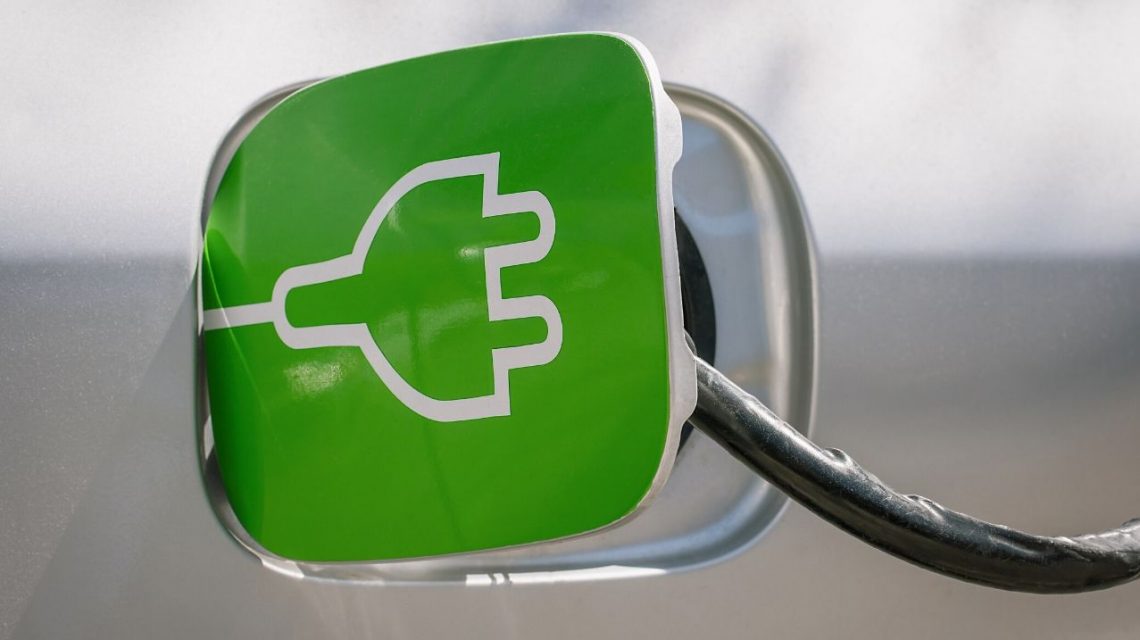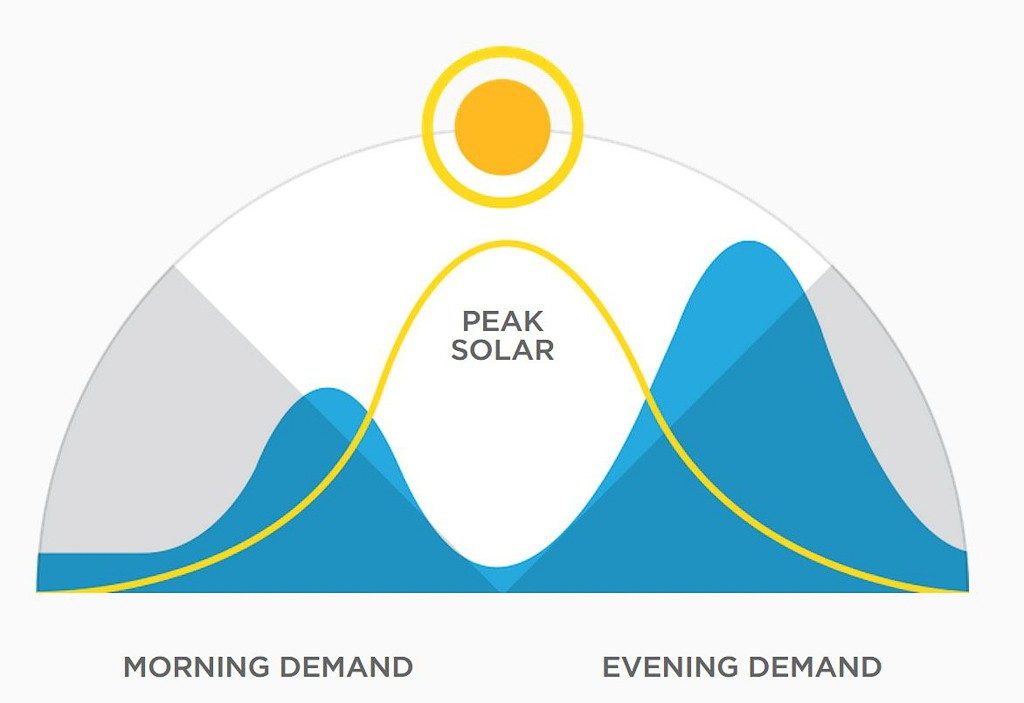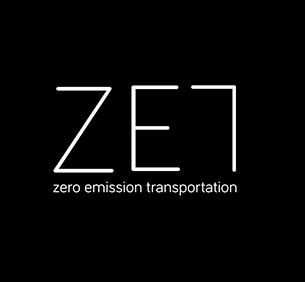What makes a charging system for electric vehicles smart?

“A smart charging system makes optimal use of the energy that is available in a certain period of time”
Lasse Castenmiller
This article is based on an interview with Lasse Castenmiller, Master student from the Eindhoven University of Technology. He studies Sustainable Energy Technology and has worked on Work Package 3 for the GreenCharge project. In this Work Package, the focus lies on business model design and prototyping. From August until December 2019 it was his job to develop a method for testing and evaluating GreenCharge’s business models.
Smart Charging System
A smart charging system makes optimal use of the energy that is available in a certain time period. In such a system the electric vehicles, charging stations and charging operators share their real-time data. By using this data connection, the smart system knows how much energy and power is required for a given time period. And how much energy is available for the same time period. On the basis of these data, it can monitor the energy demand and plan how much energy it wants to send to the charging station and each of its charging points.
Example of a smart charging system
When you come home from work at 6 PM you plug in your electric car and the charging starts directly. When the battery is fully charged at midnight, the car stays connected to the charging point and will not do anything. At the moment when the charging starts, the demand for energy is at its highest. Suppliers of energy need to deliver the maximum amount of energy at that moment. You can imagine it is smarter to charge not every electric vehicle at the same time.
When you suddenly need to go somewhere you want your car to be charged at least a bit. That is why you can tell the software via an app that you want your car charged for 20% directly, while the other 80% charging capacity needs to be done before next day at 8 AM.
The charging system knows when there is a high demand in energy and will not charge your car during those peak times. When the demand for energy is low, the charging of your car will start. This way the average power is limited, so we are less dependent on the capacity of energy suppliers and the local electricity grid. This is called peak shaving. Instead of a peak in energy demand at a certain time, the demand spread out over a longer period of time.
Sustainable smart charging
An important benefit of smart charging is that it can be done in a sustainable way. This is done by making effective use of locally produced energy from e.g. solar panels. Nowadays there is demand and supply of energy in a way that the supply adjusts itself based on the energy demand. When we start to have more locally produced renewable energy the supply will fluctuate. As shown in the figure below. With such a dynamic energy supply, it would be logical that the demand will follow the supply. A smart system that knows how much energy is available and will be available in a short period of time. That is how it finds a way to distribute the available renewable energy in a smart way.
 Source: Extreme Tech
Source: Extreme Tech
Challenges of smart charging
Based on our own experience at GreenCharge the biggest challenges facing smart charging are software related. We already have the energy infrastructure with a network of cables, transformers and other electrical equipment. In addition to this, we need an extra layer on top of that infrastructure existing of smart software, that decides how much energy is available at which moment and where it should go. This is difficult, as there are a lot of variables that play a role in allocating the available energy.
On the demand side there are a lot of loads such as household devices and unexpected demand for charging. On the supply side there is fluctuation in availability of renewable energy. In addition to these, there are various variables that influence the energy network and make it difficult for such a smart charging system to plan the energy supply and allocation.
GreenCharge & smart charging
In the GreenCharge project we are developing a smart charging system for electric vehicles to maximize the benefit for all stakeholders. Different business models and price incentives are tested in order to balance supply and demand of electricity. How can smart charging and shared electric mobility solutions satisfy both customers and energy suppliers, and at the same time minimize CO2 emissions? Currently we are running 6 pilots in three European cities: 3 in Barcelona, 2 in Bremen and 1 in Oslo to answer this fundamental question.
Do you want to stay up to date?
Then subscribe to our newsletter! Twice a year we will send you an update on everything that GreenCharge is doing. You can also follow us on Twitter and LinkedIn.
Newsletter
Subscribe now to receive the GreenCharge newsletters in your email with latest news about the project and the forthcoming events.





















